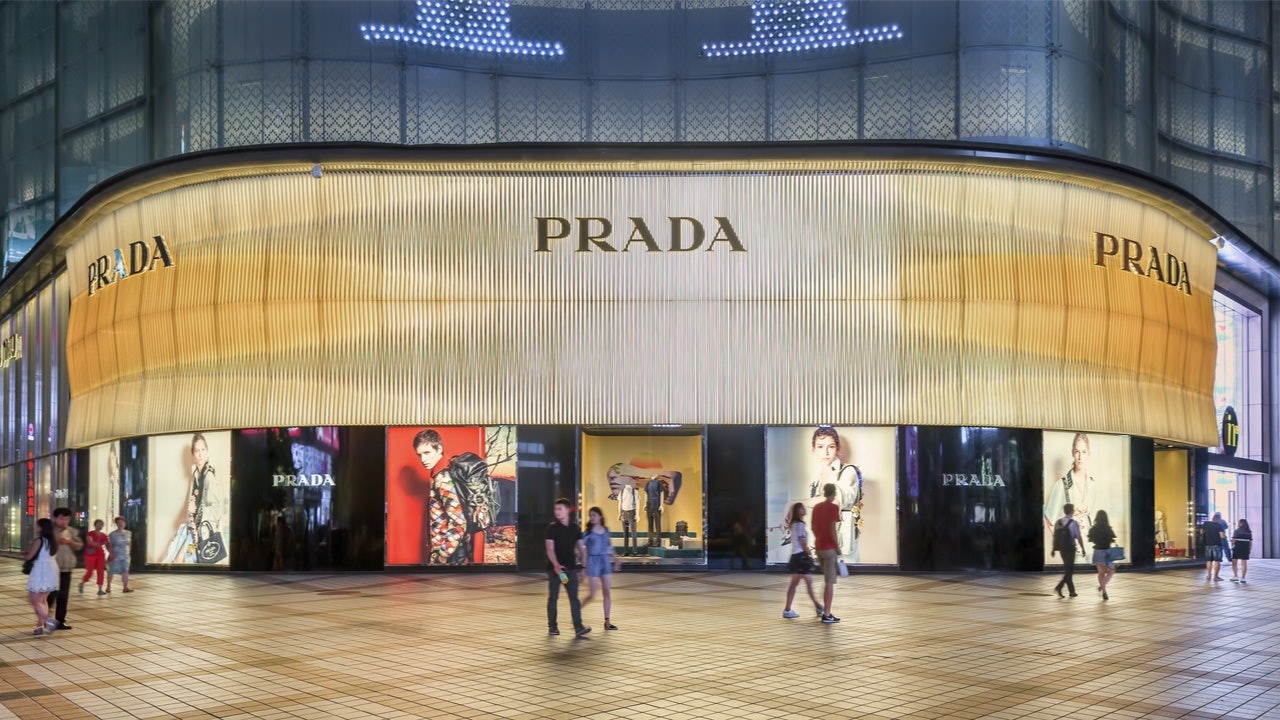What happened
: China is set to become the world’s biggest luxury goods market by 2025, thanks to Chinese consumers spending more at home and less abroad, according to a Bain & Co. report. Yet, while the personal luxury goods market is on track for its worst fall ever in 2020, China’s insatiable appetite for luxury continues to drive sales on the Mainland.
The post-COVID-19 pandemic economy is in sharp decline, falling 23 percent from its 2019 size to $257 billion (217 billion euros) — a return to 2014 levels. “The drop is the largest recorded since we have been tracking the industry,” says a press release by Bain.
Jing Take#
: Although China’s luxury market is rebounding, personal luxury sales in Europe and North America are down. “We have a two-speed world, with Europe and the US strongly hit by the second wave and social and political uncertainty, while China is relentlessly accelerating day after day,” said Federica Levato, a partner at Bain, to Reuters.
Moreover, traditional luxury markets are doubly losing because of the shift in global consumption patterns and the repatriation of Chinese luxury goods spending. Travel restrictions, store closures, and a seasonal resurgence of COVID-19 cases in the US and Europe have kept the affluent Mainland tourists away from these regions.
Lesser-known American designer labels and foreign premium brands with a small footprint in China are particularly being hit hard and are in dire need of contingency plans.
Parklu highlights how Prada, Chanel, Dior, Valentino, and Burberry were the most-watched collections during the last fashion month in China. But, no American brands were listed in the top 20 most-watched shows. US brands are undoubtedly seeing collateral damage from the “New Cold War” between Washington and Beijing. And with nationalism and patriotic consumption on the rise, Chinese consumers have turned more toward homegrown brands than ever.
The Jing Take reports on a piece of the leading news and presents our editorial team’s analysis of the key implications for the luxury industry. In the recurring column, we analyze everything from product drops and mergers to heated debate sprouting on Chinese social media.
